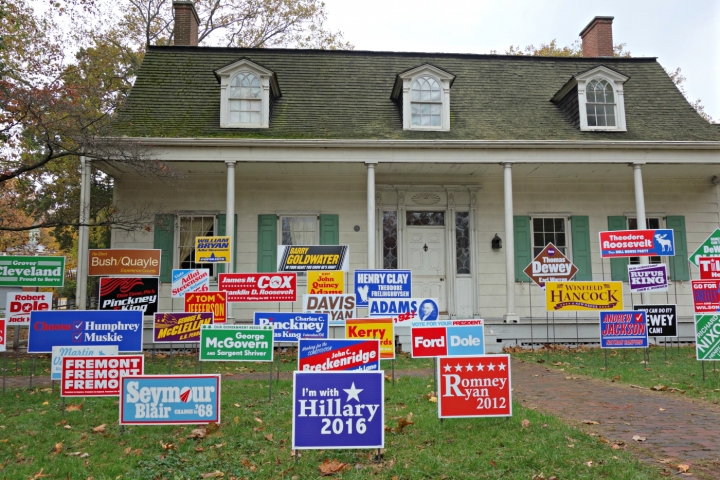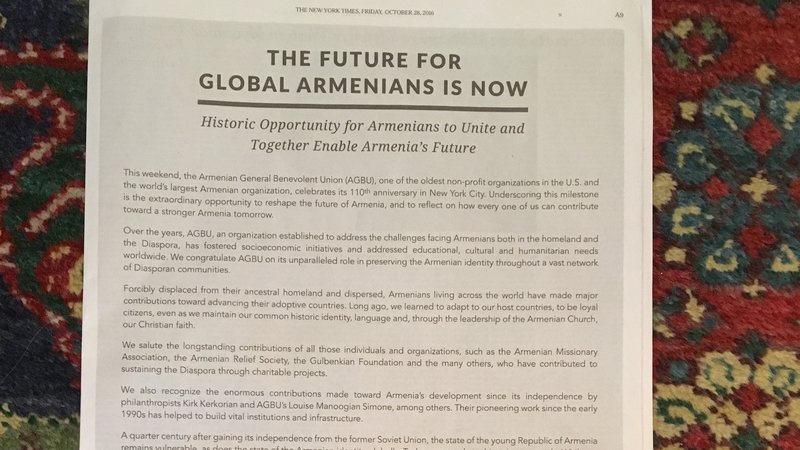Resistance and Other Occupations
In the wake of the demoralizing election results and the terrifying prospect of the Horsemen of the Apocalypse taking over the government of this country, in our household we are attempting to institute a “harm reduction” program where we limit our intake of news and social media to certain hours of the day. Long walks also help, and reading classic fiction. I found some solace in this list of 25 Works of Poetry and Fiction to Inspire Resistance, and in talking with other politically engaged friends about what our next steps should be.
In the “Know Your Enemy” department, if you haven’t already, please take a look at the Hollywood Reporter’s interview with “Trump strategist” Steve Bannon. Mike Davis’s analysis of the election results is useful, as is Robin Kelley’s After Trump, which provides analysis as well as recommendations for action. Public Books have compiled a list of ways to get involved in the resistance.
Charles M. Blow, a columnist for the New York Times, wrote a sizzling piece entitled No, Mr. Trump, We Can’t Just Get Along, penned after Donald Trump’s meeting with Blow’s colleagues. It is well worth reading the entire column, but this was a highlight:
“I will say proudly and happily that I was not present at this meeting. The very idea of sitting across the table from a demagogue who preyed on racial, ethnic and religious hostilities and treating him with decorum and social grace fills me with disgust, to the point of overflowing. Let me tell you here where I stand on your ‘I hope we can all get along’ plea: Never.”
Masha Gessen, a Russian and American journalist and author, has written two eloquent and angry post-election pieces for the New York Review of Books in which she warns against “normalization” of the incoming administration. In the first, entitled Autocracy: Rules for Survival, she uses her experience in Putin’s Russia to recommend a course of action for the looming Trump Presidency. The second, Trump: The Choice We Face, recounts her great-grandfather’s experience in the Bialystok ghetto during World War II as a grim example of what happens when one makes accommodations with a reprehensible regime. One of history’s lessons, she says, is that “the people who wanted to keep the people fed ended up compiling lists of their neighbors to be killed.”
As I’m talking with other organizers and activists about how we create stronger coalitions and build new vehicles for organizing, I came across this heartening piece by Michael Hardt and Sandro Mezzadra about The Power of the Movements Facing Trump. They conclude:
“So, yes, every time the Trump government does or says something outrageous, go out in the streets in protest — and take your friends, and your parents, and anyone else you can find. There will be plenty of occasions. But behind the protests there must be a complex web of relations that extend both horizontally — that is, intersectionally, and in coalition across the various movements — and vertically, beyond the local and even the national to form relations and alliances with movements elsewhere. That is the only sound foundation for eventually transforming the many discrete protests into an effective and lasting project for social transformation.”
One of the movements cited in Hardt and Mezzadra’s piece is The Standing Rock Sioux’s encampment and protests against the Dakota Access Pipeline. The water protectors have received an outpouring of support from around the country, and will continue to need our solidarity in the coming weeks. Check out a list of ways to donate, as well as the #StandingRockSyllabus created by NYC Stands With Standing Rock.
I’ve been thinking a great deal about an old Armenian proverb: The voice of the people is louder than the roar of the cannon. In the current moment, the job seems to be to amplify the voice of the humane in the human.
Nancy Kricorian
New York City
November 29, 2016


